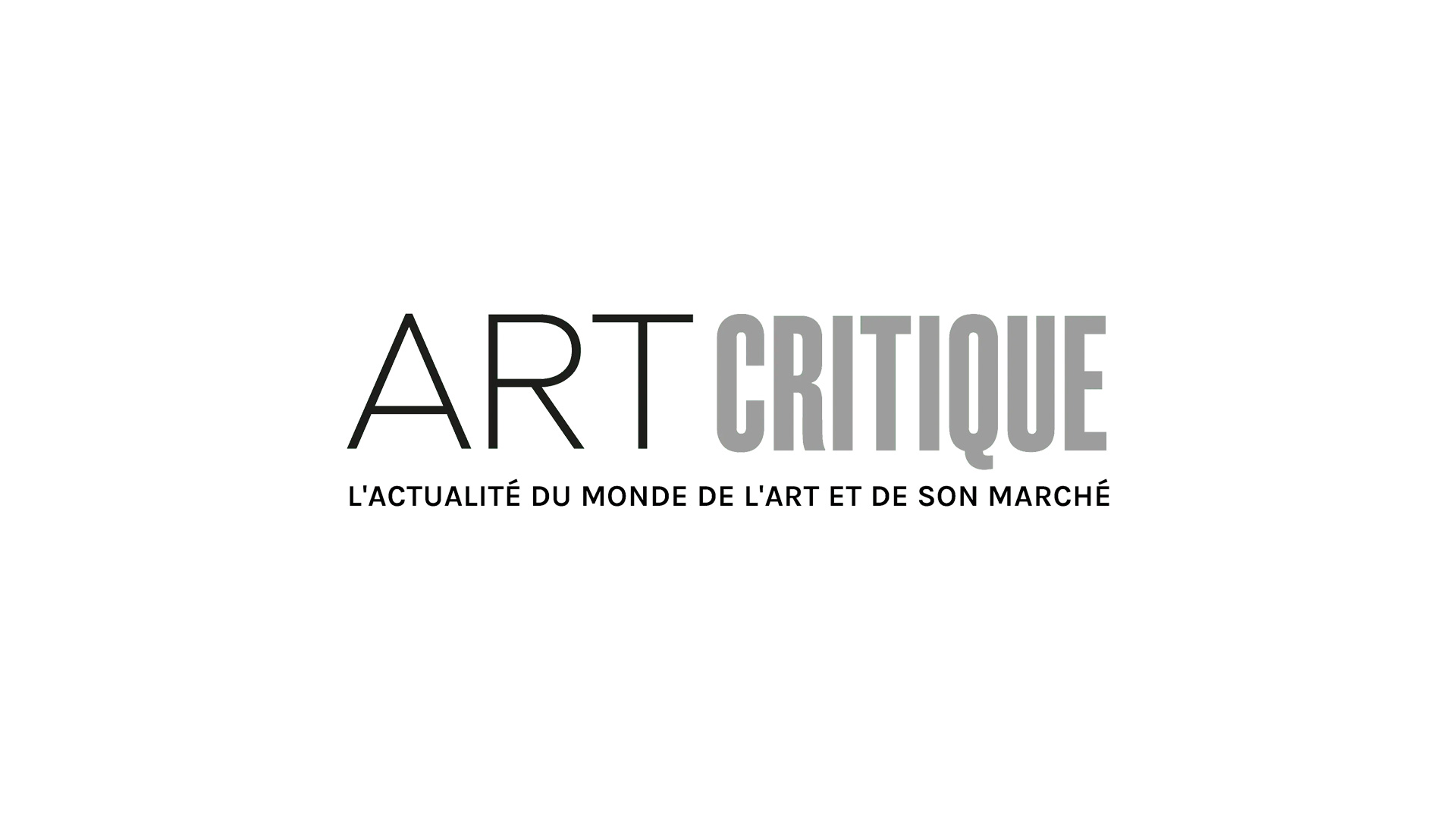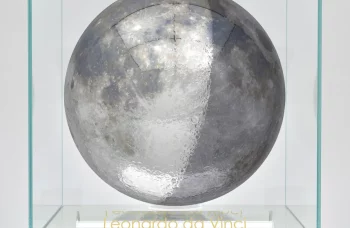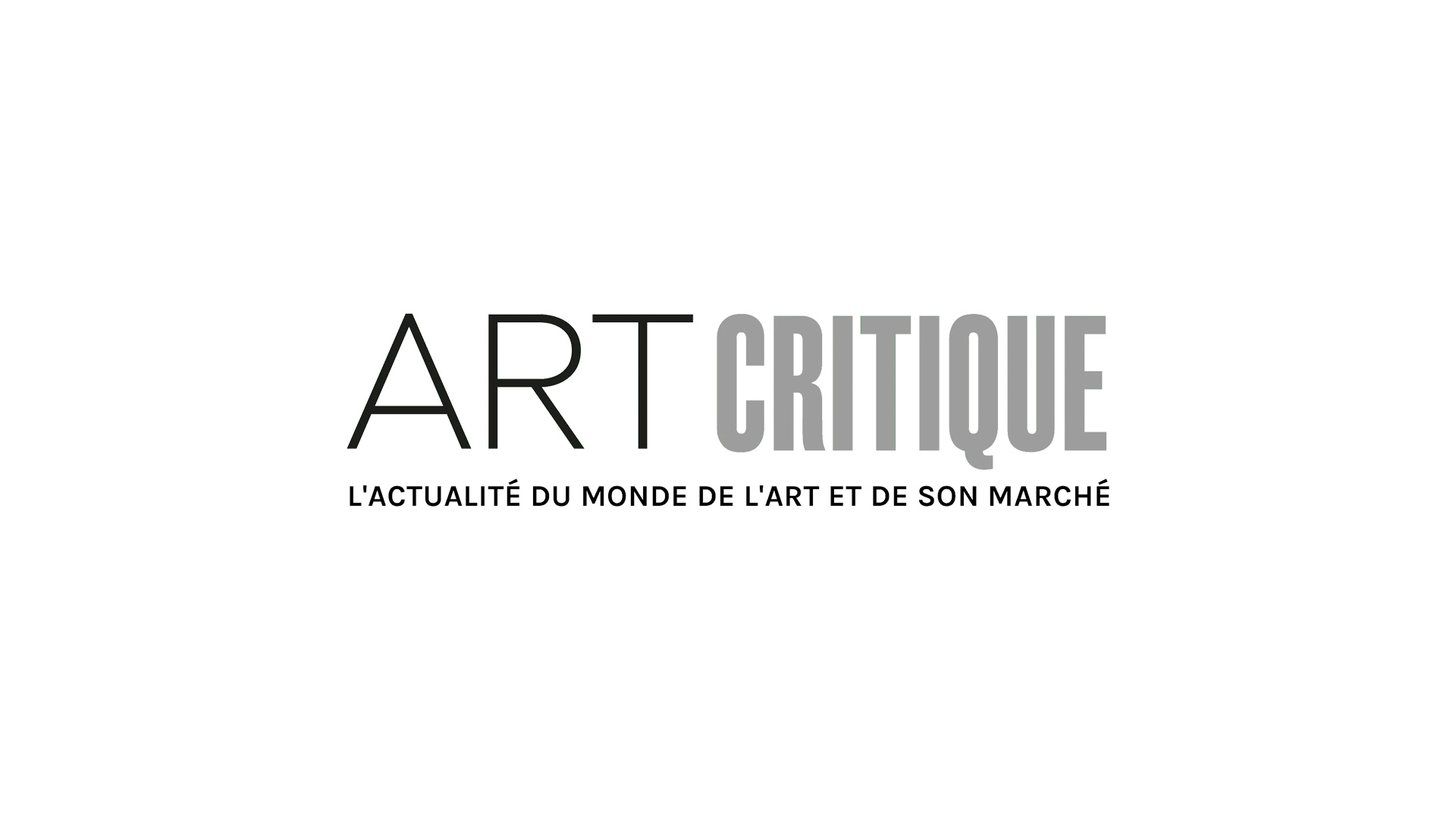How does one concisely evoke the essence of the 2022 Venice Biennale? One can’t, but one can certainly try. The Biennale, containing over 120 years of history as one of the world’s foremost arts exhibitions, hosts some of the globe’s most talented creators and their creations across visual arts, architecture, film, dance, music, and theatre. Having just opened this past week for its near-eight-month run, 2022 marks the 59th International Art Exhibition and the 79th Venice International Film Festival for the legendary host.
Under the thematic title of The Milk of Dreams, this year’s exhibition is curated by Cecilia Alemani. Taken from the title of a book by Leonora Carrington, Alemani stated:
“The Milk of Dreams takes its title from a book by Leonora Carrington (1917–2011) in which the Surrealist artist describes a magical world where life is constantly re-envisioned through the prism of the imagination. It is a world where everyone can change, be transformed, become something or someone else; a world set free, brimming with possibilities. But it is also the allegory of a century that imposed intolerable pressure on the very definition of the self, forcing Carrington into a life of exile: locked up in mental hospitals, an eternal object of fascination and desire, yet also a figure of startling power and mystery, always fleeing the strictures of a fixed, coherent identity. When asked about her birth, Carrington would say she was the product of her mother’s encounter with a machine, suggesting the same bizarre union of human, animal, and mechanical that marks much of her work.
The exhibition The Milk of Dreams takes Leonora Carrington’s otherworldly creatures, along with other figures of transformation, as companions on an imaginary journey through the metamorphoses of bodies and definitions of the human.”
The 2022 Venice Biennale clearly has a strong conceptual aim, and its structure takes into account this evocative theme, utilizing “time capsules”—“constellations” of various artworks and objects as reflective, historical reference points—as attendees move from the main exhibition in the Central Pavilion and the Corderie. Not only is it meant to be informational and insightful, but it also is a push for “reflection on how the history of art is constructed around museum and exhibition practices that establish hierarchies of taste and mechanisms of inclusion and exclusion.”
What has struck critics and attendees and is proudly noted by Alemani is that the 2022 Venice Biennale is, for the first time in the event’s long history, composed of a majority of female and non-binary artists. A conscious decision on the part of the curator, Alemani notes it is “a choice that reflects an international art scene full of creative ferment and a deliberate rethinking of man’s centrality in the history of art and contemporary culture.”
With such a rich conceptual vision for this international hub of creative talent, Cecilia Alemani has made sure that the 2022 Venice Biennale will be a memorable one. In a year already marred by the terrors of war, cultural meeting points like the Venice Biennale can give a transformative feeling of hope and connection, seen in Ukraine’s ability to open an exhibition despite the weight upon them. There is a rich depth to dive into within this year’s Biennale, and just like the book that so inspired Alemani, it is brimming with possibilities.





